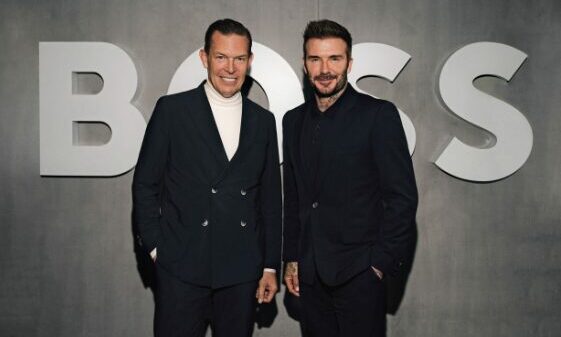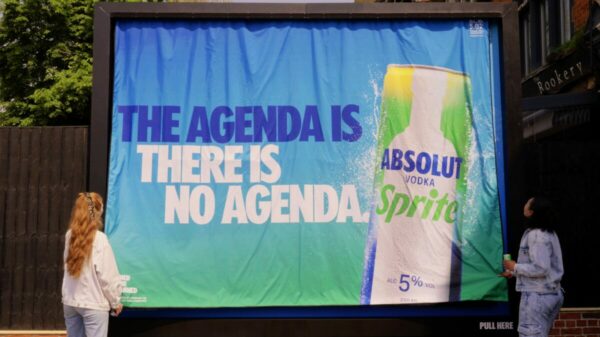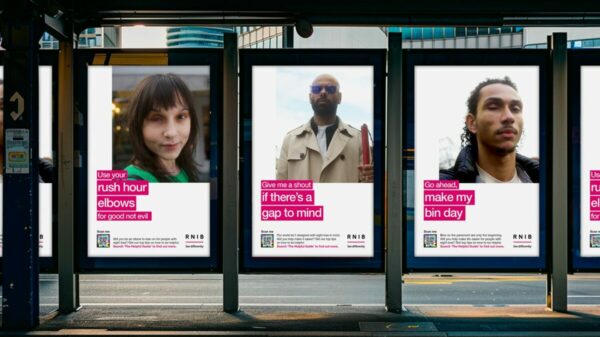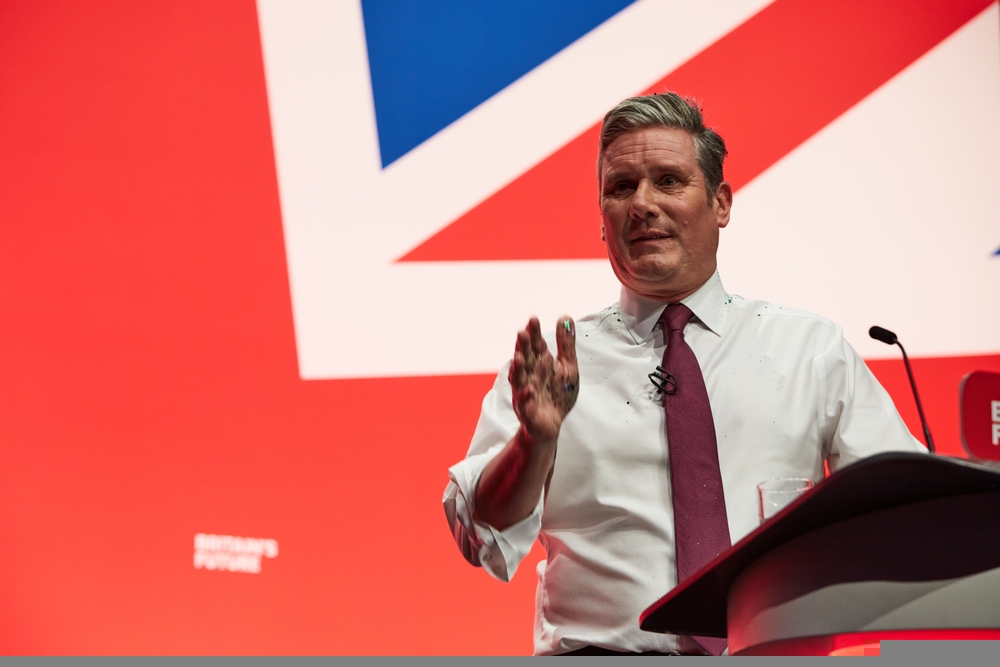As we approach the quarter point of the 21st century, it is no longer sufficient for brands to rely upon the quality of their products or services alone to stand out from the crowd.
Increasingly, if a brand is to make a lasting impression on a customer – especially when dealing with a Millennial or a Gen Z – it must demonstrate that it stands for something more than simply turning a profit.
Values sell, and this is why – whether cynically or with honest intentions – truly successful modern brands have flocked to associate their names with social and cultural movements, alongside a slew of charitable causes.
Let us not forget that every year, a slew of unrelated brands change their logo to reflect the colours of the LGBT flag – but often only in territories where these inclusive values are deemed acceptable. Does that devalue the original intent?
For many brands, partnerships with charitable organisations or community support groups will be genuine attempts to improve people’s lives. However, along with the commercialisation of brand activism comes an unavoidable race to the bottom for some – where profit is and always has been the bottom line.
Brand values sell
In an era when customers have access to a torrent of international brands at their fingertips, it has become harder for businesses to truly differentiate themselves. Many brands have effectively become homogenised in the eyes of the consumer – so how then do they make an impact?
Customers – especially Millennials or Gen-Zers – are increasingly interested in what values a brand is aligned with, to the point of letting it dictate their purchases.
This sentiment is echoed by Simon Gunning, CEO of suicide prevention charity CALM (Campaign Against Living Miserably), who says “the decision-making processes around a purchase or brand affinity, certainly through consideration are very multifaceted.
“I’m not sure they always were in the past, because I don’t think we expected or really cared about the conduct of the companies from whom we were buying stuff or engaging with. But that just is abundantly not the case anymore.
He stresses how important is for a brand to align itself with a set of values that corresponds with its intended customers, adding: “Consumers see a big part of brand value in how that brand positions itself from a position of sustainability or a position of how it really feels about its target audience.”
The call for authenticity in brand values is backed by Mark Hull, marketing director of Best Marketing Consultants, who warns that Gen Z and Millennial customers “will suss you out immediately.”
“The driver for any collaboration has to come from the heart of the business – there has to be an alignment of purpose and values – and it has to resonate with the full audience of both sides, the brand and the charity.”
To receive more marketing news just like this subscribe to our FREE daily newsletter
Charity partnerships as a driver for success
Charity partnerships offer an extremely effective way for brands to let customers know which values they stand for.
Aligning itself with a major cause or fundraising event allows a company to effect positive change, but will also have a positive knock-on effect in terms of reputation.
Successful, long-term partnerships such as Asda’s with breast cancer charities Breast Cancer Now and Coppa Feel or even more recent ones such as Pringles and Movember have not only furthered worthy causes, but have also significantly enhanced brand stock.
Gunning highlights this as a key aspect of brand-charity partnerships; in many cases, as arguably it should be, their purpose is not solely financial gain: “It’s not all about selling stuff, it can be about other types of commercial objective. For example, we’ve become very, very entwined with ITV in a number of ways.
“One is through ‘This Morning’, where we have an objective in helping men with their mental health, as we’re much less likely to seek help.”
“We’re deeply embedded with ITV in a corporate relationship as well, and that’s clear that it does a lot of corporate good for ITV, as it should, because they really do help us.”
For his part, Hull singles out the long-standing relationship between Sainsbury’s and Comic Relief, in which believes there is a tangible “openness and respect that it is a partnership.”
“Which by definition means there is a clear benefit to both sides. There is no hiding of the fact there will be commercial benefits. It isn’t about causing a shift in perception – it works because it reinforces the one that is already in place.”
The rise and rise of brand hypocrisy
With the rise of widespread brand activism, a new problem has arisen: brand hypocrisy.
Year after year, major international brands will tout an open and accepting stance on issues such as gay rights and women’s rights, and yet remain mysteriously silent in geographical territories where these issues are more controversial.
“Brands have a wonderful power to spread a message and reach a wide audience and the fact is the causes rely on their engagement during these special times,” Hull says.
“But do it because your brand also truly supports the cause and not just to tick a box on a social media manager’s content schedule.”
This can also be seen with the issue of mental health, and while many brands have made genuine strides towards supporting mental health awareness and the wellbeing of their own workforces, there are just as many who simply pay it lip service and have yet to implement any change in working practices.
Naturally, Gunning feels particularly strongly about this, confirming unequivocally that CALM “[refuses] to charity wash.”
He says Calm refuses to “obscure the sins by coating them in a carapace of worthiness. We hold you to account, and the relationships are better because of it. You need to find a cause that you can deliver against, and you need to hold yourself to account to deliver that, you need to put it into your objective.
“You need to shout about it and make it a central part of your brand comms. Because once you’re doing it right, you’re only going to benefit from it.”









